Strawberries make ideal container fruits given their compact and quick-growing habit, they grow well too in hanging baskets, terracotta pots and special strawberry planters. I have always good results growing them in terracotta containers.
Strawberries are classified as June bearing - Everbearers and Day neutral
June bearing strawberries are tremendously popular and common. They typically produce the largest strawberries, form flower buds in the fall as the day length decreases. The harvest begins in early to mid-June and continues for three to four weeks. June bearing strawberries produce their first crop the second year after planting.
Everbearing strawberries begin bearing at the same time as June bearers. The difference is everbearers will continue to produce berries throughout summer and into fall. They can produce some berries into October if growing conditions are favorable.
Day neutral strawberries will produce a good yield in the first year they are planted. They flower and set strawberries whenever the temperature is between 35 and 85 degrees. They will still be producing fruit in October during milder years. Their fruit is usually small to medium in size, rarely exceeding one inch.
How To Grow Strawberry in Containers
One of the best benefits of container growing is that it makes your plant mobile. This gives you the liberty to regularly move it to the best sun or to pick it up and bring it inside away from harsh cold, and if your strawberry container is too large or heavy to move inside for the winter, it can still be protected.
You can start strawberries from either bare-root crowns or seedlings, but i found that seedlings started in small pots will establish themselves in containers faster than bare-root crowns.
Strawberries do best in soil that is high in organic matter and fertility. Building soil fertility and soil health before planting is most important for organic strawberry production. The soil must be prepared well before strawberries are planted in order to build fertility, organic matter and soil structure, and to get rid of pests and weeds. I always add some well aged chicken manure and mix it well with the soil before planting. Chicken manure act as organic fertilizer and add organic matter that helps the soil to retain moisture and nutrients for the good growth of my strawberry plants.
Place one hand at the base of the plants and use your other to slide the pot off the root ball. Be sure to keep the root mass and soil intact.
If the seedling doesn’t come out easily, gently tap on the edge of the pot or gently press on the bottom of the pot with your fingers.
If the roots are wound around, work them loose with your fingers, so they can grow out into the soil. Make a hole in the soil or in the potting mix and put the new strawberry plant in it.
Plant the strawberry plant so the crown is just above the soil surface. Then, cover up to the crown with the soil, add more soil, as needed, after water very well.
Watch How to Plant and Grow Strawberries in Container Video
Your new plants need all the energy they can muster to take good roots in the container. If they expend the energy on berry production, they will not establish themselves well.
This can compromise the plant’s future production as well. This results in smaller, puny strawberries. So you have to pinch off or cut off all flowers from every new strawberry plant for the first growing season, allowing the strawberry plants to root and grow without distraction. Simply check the plants once a week and remove any flowers you find. After July, any strawberry flowers that bloom can be left to develop into strawberries.
Strawberries require a lot of heat and light and grow best in warm, dry conditions while being exposed to at least six hours of sunlight a day. Set the pot in a location that receives at least six hours of sun each day to ensure plenty of flowers and fruits.
Water your strawberries whenever the soil feels dry, about 1 inch below the surface. You don't want the plants to be sitting in water or soggy soil, but you also don't want them to remain dry for days and start to wilt, especially while the fruits are forming. The soil in containers dries out faster than soil on the ground. Long periods of hot, dry weather may necessitate daily watering, and, as the plants grow more roots, they will need more frequent watering.
You can feed your strawberries every two weeks with a balanced, organic fertilizer during the growing season. As soon as they start to flower, switch to a high-potash liquid fertilizer to maximize their fruit-bearing potential.
Harvesting Strawberries
The Fruit is ready for harvesting four to six weeks after blossoming. Not all the berries will ripen at the same time, so plan on harvesting strawberries every two to three days. Morning is the best time for picking strawberry fruit. Always harvest only fully red (ripe) berries. Cut by the stem. Do not pull the berry, or you could damage the plant.
If you have never grown strawberries before, then growing them in containers is a great way to start. It's so easy and the rewards are indescribably sweet! Plant, water, feed and harvest. Then enjoy the unbeatable aroma of your home-grown strawberries.
Growing strawberries in containers is one of the easiest ways to ensure success. With their lush leaves, pretty white flowers, and colorful fruits, strawberry plants are quite attractive. So give it a try today and enjoy growing it and picking the first handful of strawberries on a cool spring morning, inhaling their sweet smell. Strawberry is considered by many to be among the tastiest ever grown.
Watch How to Grow Organic Strawberries Video
I hope this step-by-step guide helps you learn how to grow your own organic strawberries in containers. Don’t hesitate to ask questions or reach out with any suggestions. So please let us know your thoughts, experiences, or questions in the comments below. If you like this, you can share with your friends!
Want to Read More:
Want to watch strawberries related videos
Happy Gardening!
chokrihomeandgarden is a participant in the Amazon Services LLC Associates Program, an affiliate advertising program designed to provide a means for sites to earn advertising fees by advertising and linking to amazon. Some of the links to products on this site are affiliate links. These are products that i've used or recommend based from homesteading experience. I do make a small commission (at no extra cost to you) from these sales.(alert-warning)







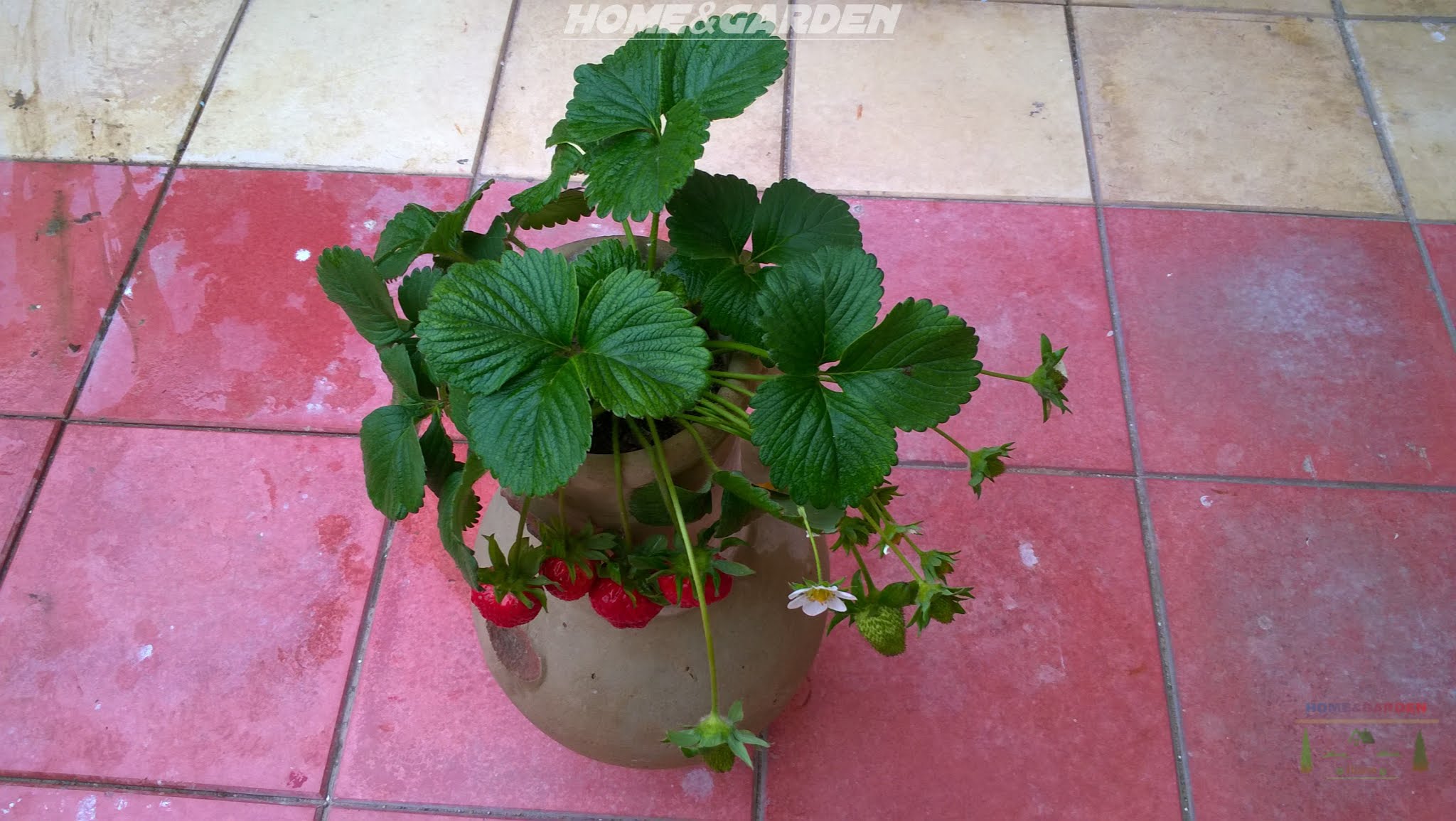
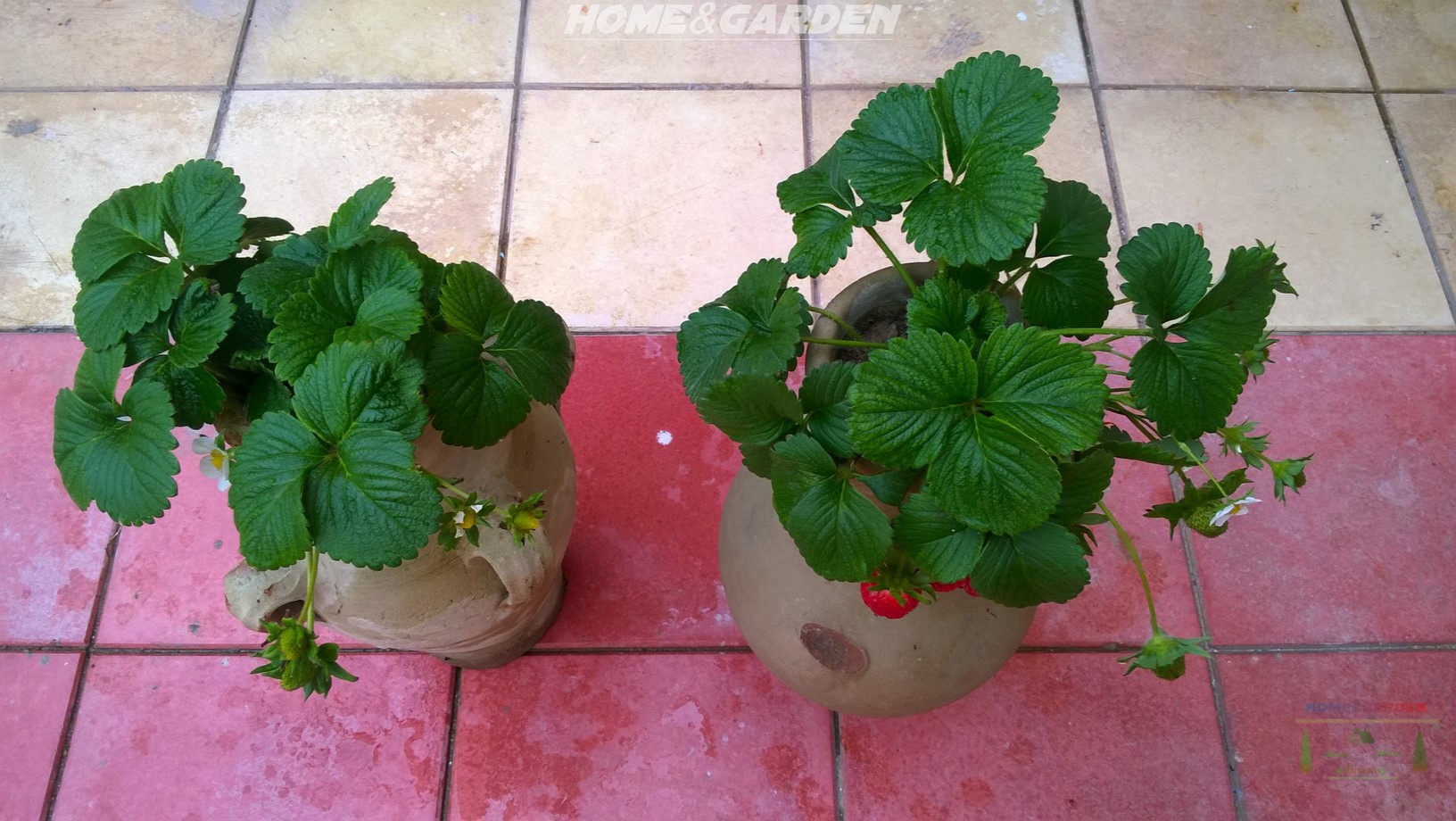
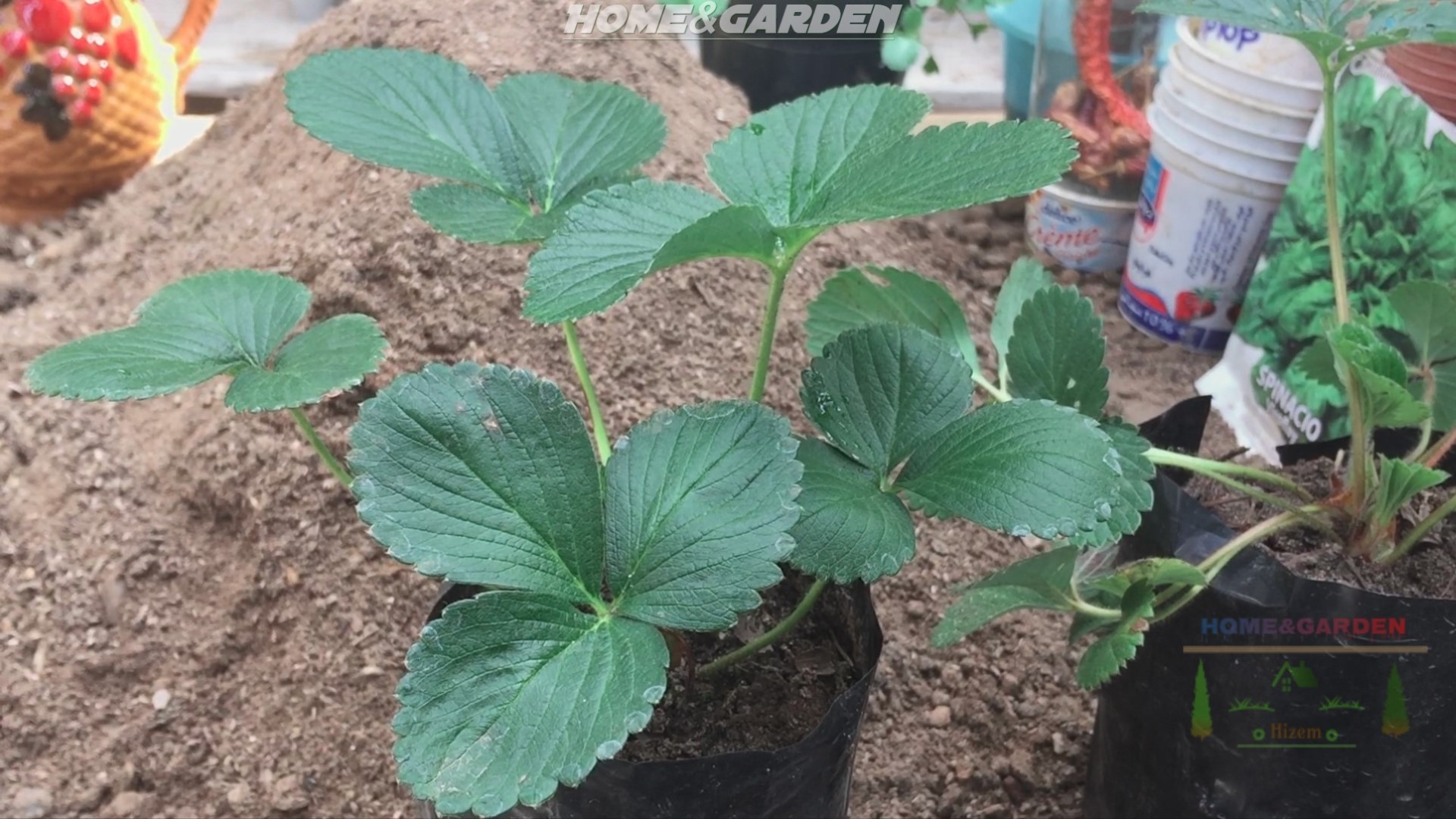

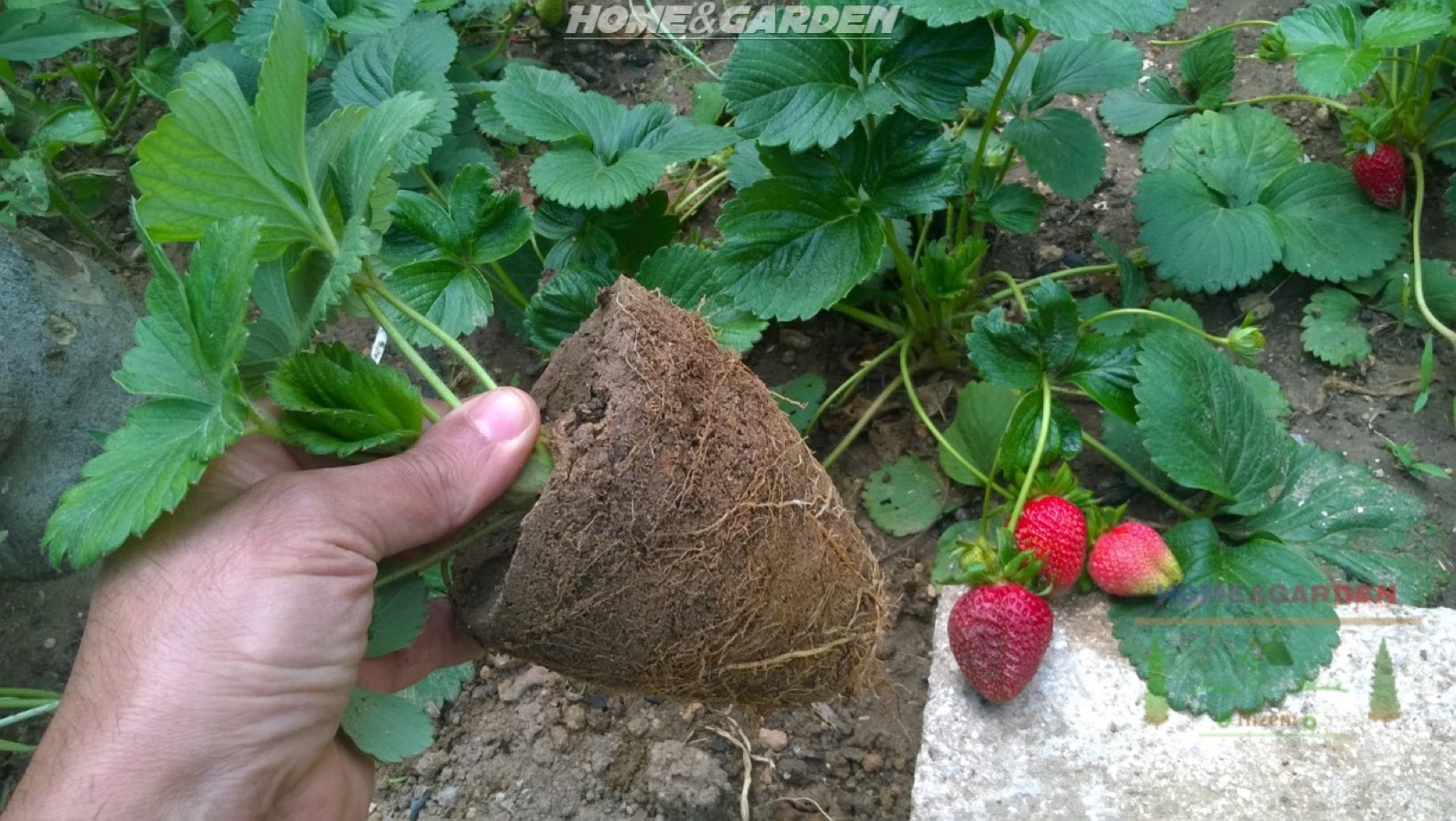

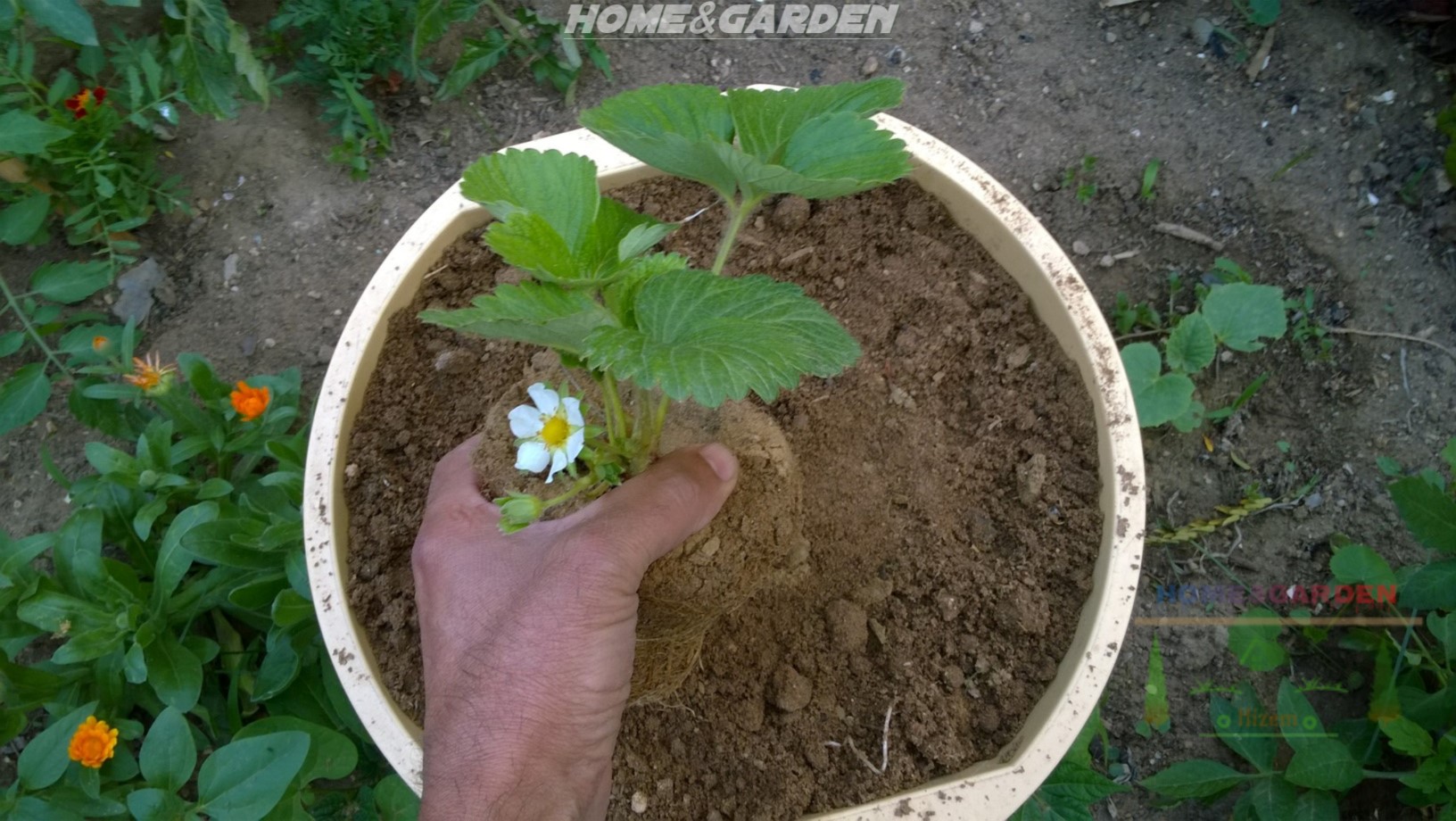
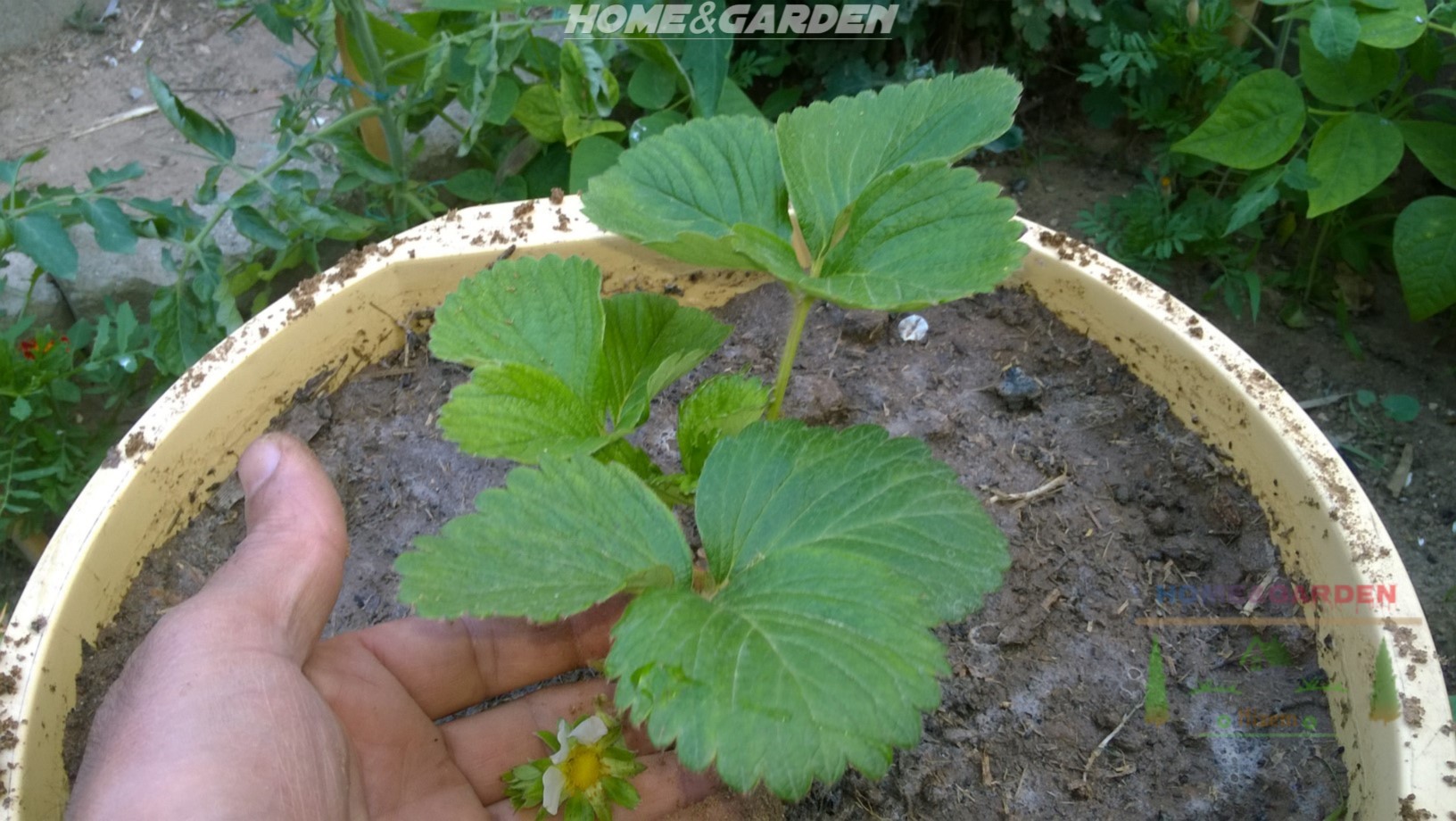
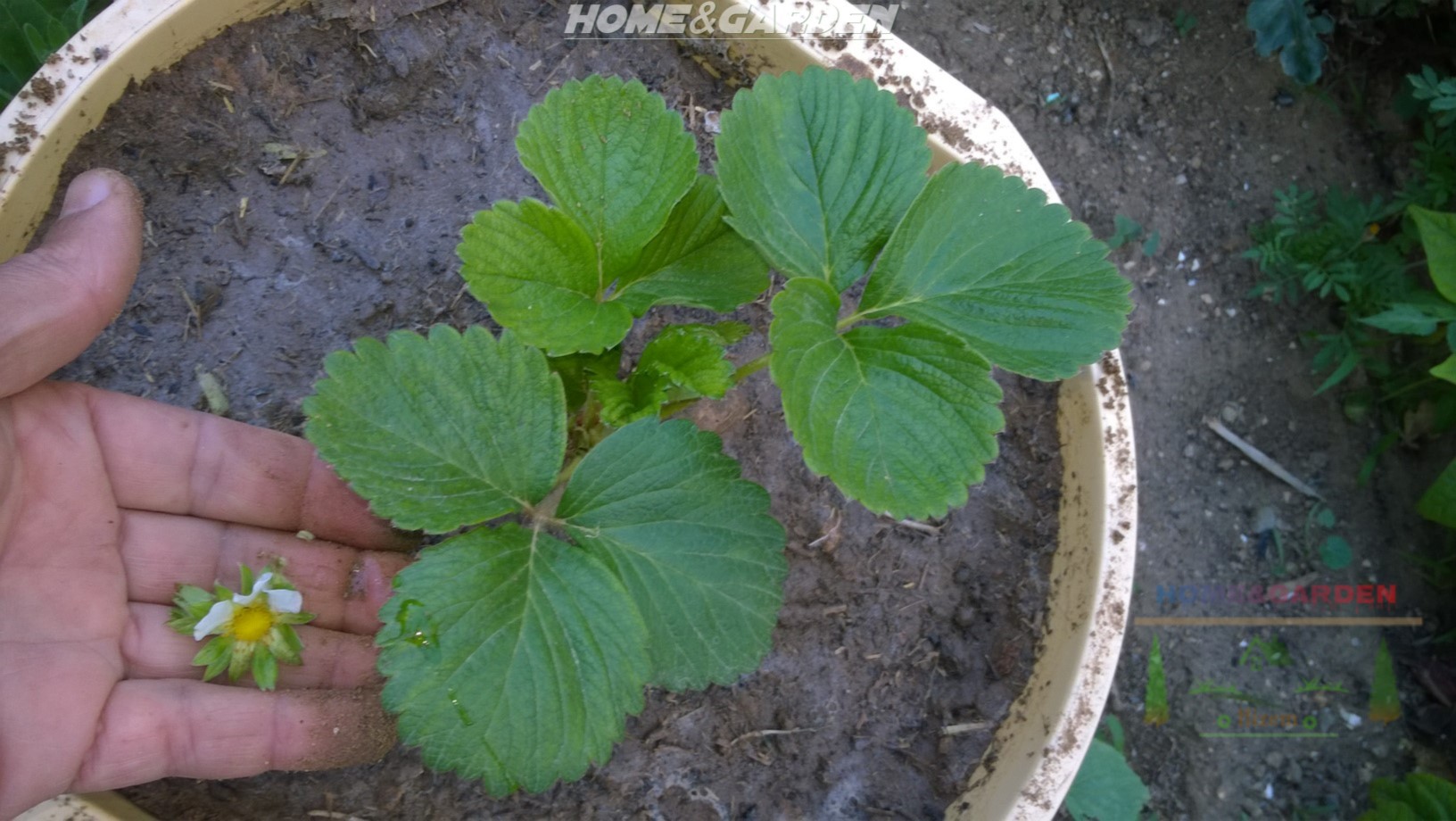
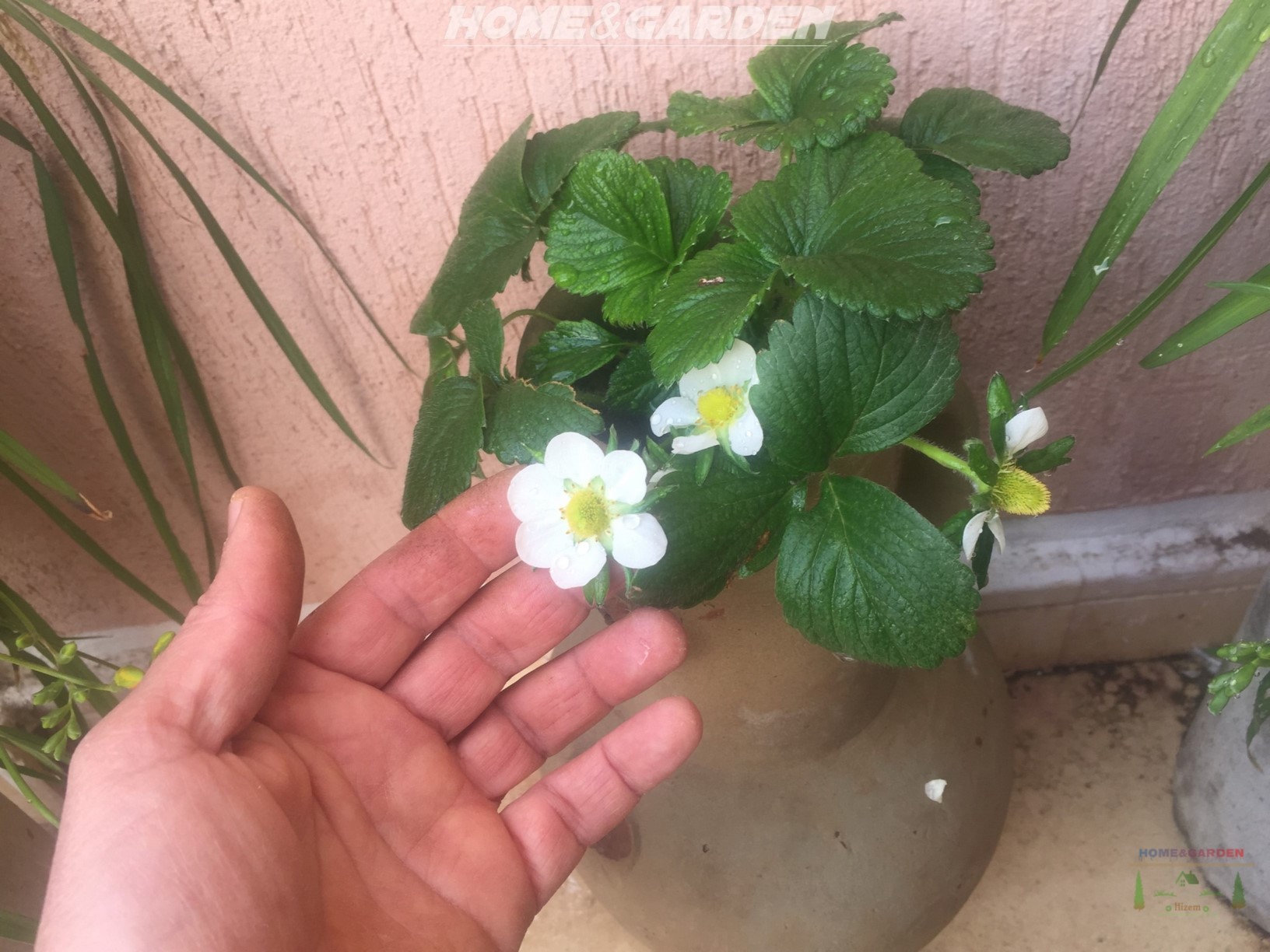

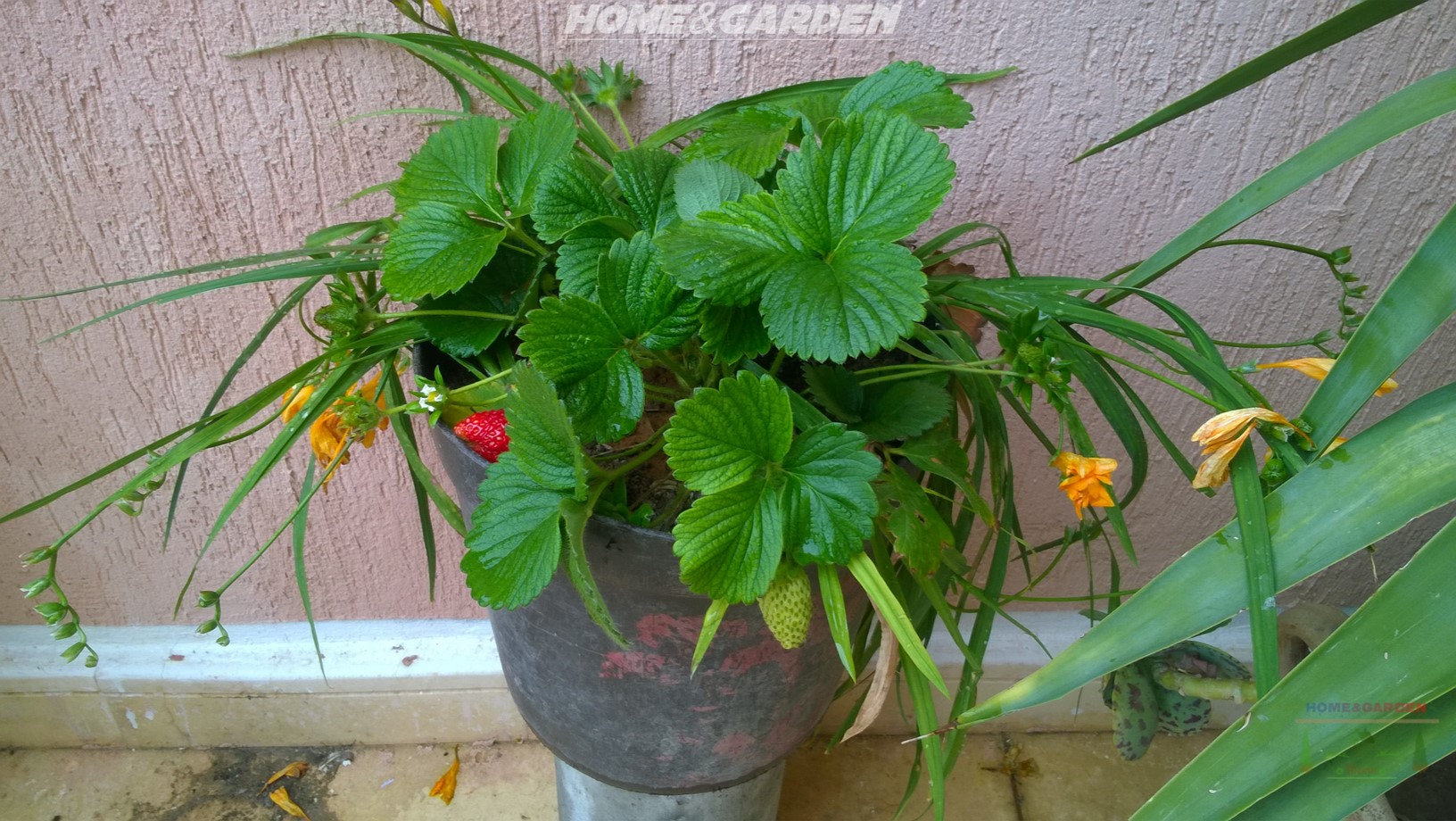










Zone 10b here - December - best time to grow strawberries are now. I planted my Bare roots purchased & mailed from a TN Nursery about a month ago into pots w/ organic pottinf soil. I purchased Sweet Charlies, again the best for my area. They looked like they ALL took & were thriving, however after some rain & a cold snap (cold in Dec in zine 10b is like 50 degrees) & noticed 2 days ago that I've lost 3 plants already & the others, although still green, are just not thriving like they were last week. Any suggestions???
ReplyDeleteThe earliest that you can plant strawberries in Zone 10b is January, and the last month that you can plant strawberries and expect a good harvest is probably October. Any later than that and your strawberries may not have a chance to fully mature. Now that you have already planted yours you have to protect your strawberries if you have a late frost.You can use row covers to protect you new plants from extreme cold and wind!
ReplyDeleteGood luck!